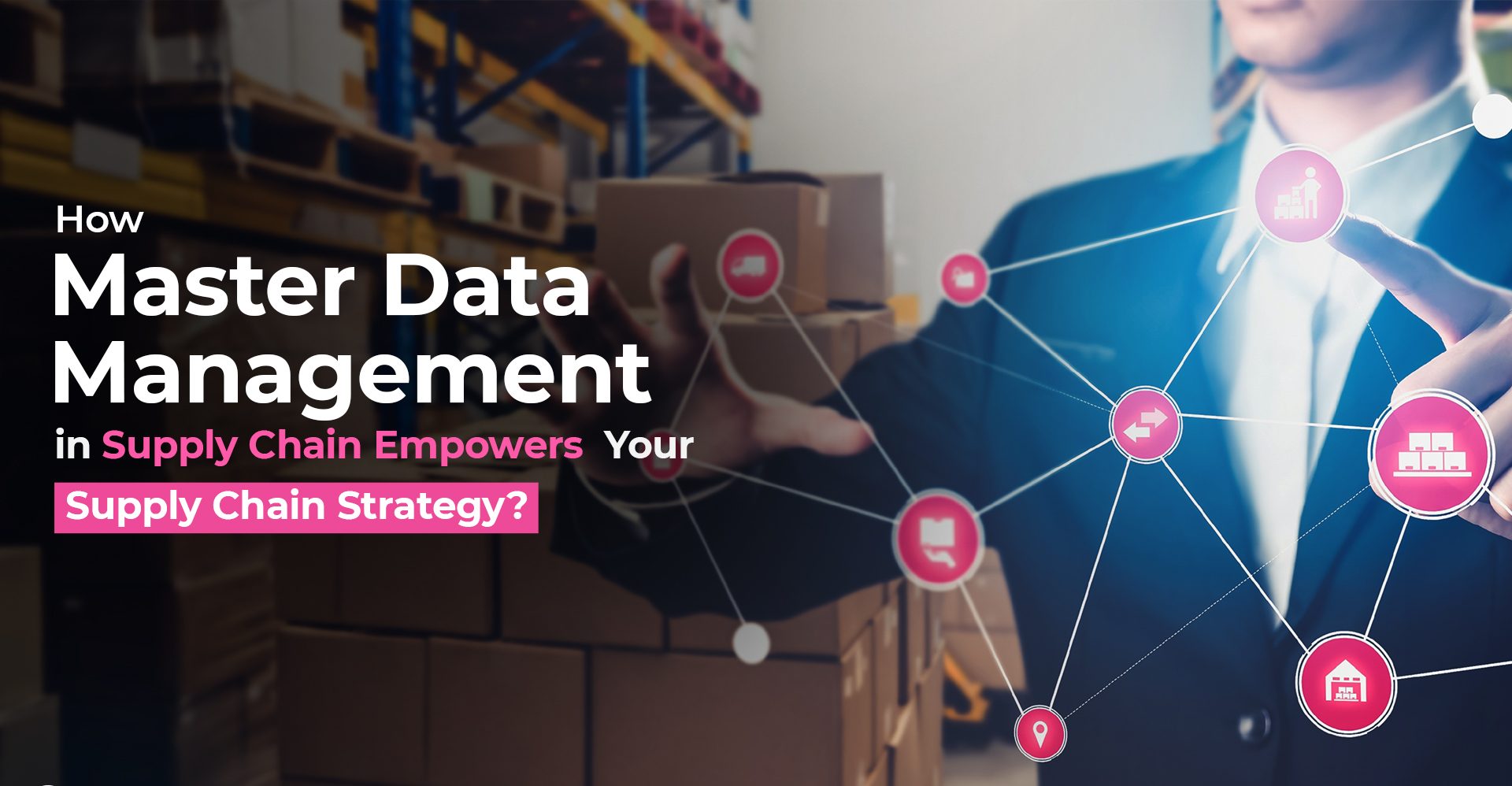Businesses today are turning towards agility and security for sustainable growth. However, without a systematic understanding of data and information handling processes, i.e., data governance and information governance, stability and compliance become problems.
In a general overview, data governance encompasses the rules and methods for storing, using, and accessing data. Information governance is about how information is being utilized within your business to support legal, regulatory, and compliance decisions. However, there’s more nuance to knowing the difference between the two frameworks. So, let’s understand the differentiating components of each framework and how these support your business success.
What is Data Governance?
Data governance is the essential framework for managing data for its security, accessibility, quality, and integration. It defines the processes, policies, and standards to use, store, process, and acquire data at its best state.
The following components of data governance are commonly used within the business industry.
1.Data Quality
It involves maintaining accurate, complete, and consistent data to make profitable decisions. Once your data is cleaned and accurate, you might not waste your company budget and resources on duplicated efforts, misinformed strategies, or flawed reporting that could otherwise derail operations.
2.Data Privacy and Compliance
Your data needs to be protected and secured from harmful and malicious acts. This part of data governance ensures that your data handling practices comply with regulations like GDPR, HIPAA, and CCPA for the ultimate compliance and protection of your data.
3.Data Integration and Accessibility
It underscores the two main concepts: who can use your data and where it can be used. A good data management solution means you can assign people and teams to manage your data accessibility and integration, lessening the risks of data loss and misuse.
What is Information Governance?
Information governance is the management of all the primary information assets within your business, including structured and unstructured data, such as images, human resource documents, paperwork, and more. It means that whatever important data you own must be processed, used, and shared within the predefined protocols of information governance.
In a nutshell, data governance focuses more on technical accuracy and data handling. In contrast, information governance focuses on strategic data use to adhere to IT, legal, compliance, and risk management requirements.
The following components of information governance are commonly used within the business industry.
1.Information Lifecycle Management
It oversees how information is transferred across your organization, from its utilization and creation to storage, archiving, and final disposal. Implementing this element eliminates information overload, minimizes legal risks, and keeps only relevant and current information.
2.Multidisciplinary Involvement
Information governance requires cooperation between various departments, including legal, compliance, records management, IT, and business units. Each has a role in ensuring information policies are uniformly applied, and risk exposure is kept at a minimum across all functions.
3.Regulatory and Legal Compliance
Since data governance already covers compliance, it also provides the guidelines to ensure HIPAA in the healthcare industry or SOX in the financial sector. A good governance structure lets it respond more easily to audits, litigation holds, or e-discovery requests without panicking for documentation.
Data Governance vs. Information Governance: Key Differentiation
| Data Governance | Information Governance |
| Definition | A set of rules and principles for managing structured data for its quality, accessibility, security, and compliance. | A comprehensive approach that manages structured and unstructured data for regulatory compliance, legal protection, and business value. |
| Type of data governed | Structured data such as tables, databases, spreadsheets, and metadata. | All information types: structured data (databases), unstructured data (emails, images, documents, video files), semi-structured content (XML, JSON). |
| Core Objectives |
|
|
| Key Responsibilities |
|
|
| Stakeholders Involved |
|
|
| Tools and Technologies | Data governance tools like Collibra, Informatica, Talend,
Alation, etc. |
Software like OpenText, Microsoft Purview, Veritas, Iron Mountain, etc. |
| Examples in Practice |
|
|
The Correlation Between Data Governance and Information Governance
Though data governance and information governance are used for different purposes, they are interconnected in a unique understanding. Data governance should be considered the model that guarantees raw data is correct, safe, and always available. Information governance builds from there, formulating how that data is transformed into meaningful information that reflects regulatory, legal, and operational requirements.
For instance, adherence to standards such as GDPR or HIPAA involves data integrity (controlled through data governance) and reporting on how that data is used, stored, and transmitted (initiated by information governance). When united, they form a system that facilitates audit readiness, mitigates risks, and allows informed decision-making within departments.
This dual-framework approach ensures:
- Clear accountability across IT, legal, and operations teams.
- Reduced risk of data misuse or regulatory penalties.
- Seamless data-to-information flow, enhancing productivity and trust.
What Is AI Governance?
AI governance refers to policies, practices, and controls guiding how artificial intelligence systems are developed, deployed, and monitored. Implementation of this system guarantees that your chosen AI operates in a fair, transparent, ethical, and accountable manner.
Just like data governance ensures the accuracy and security of your datasets and information governance ensures compliant information use, AI governance oversees the behavior and decision-making of AI systems using that data.
It is comprised of the following key components:
- Transparency – Explaining how AI models reach decisions (especially in high-stakes industries).
- Fairness – Preventing biases by ensuring representative and clean training data.
- Accountability – Defining who is responsible for AI decisions and how errors are managed.
- Compliance – Meeting regulatory requirements around privacy, data usage, and explainability.
- Security – Safeguarding AI models from manipulation or unauthorized access.
Wrapping It Up
The difference between data governance and information governance solely depends on the purpose and format of the data. Data governance is all about ensuring your structured datasets’ accuracy, security, and quality.
Conversely, information governance deals with data and unstructured content used strategically to meet legal, regulatory, and business standards.
Using both frameworks enables businesses to operate with greater clarity, compliance, and confidence.
Integrating AI governance into this equation as industries move toward automation, cloud computing, and AI adoption ensures that modern technologies remain ethical, explainable, and trustworthy.
At Net Results Group, we help organizations align their operational intelligence with strong governance frameworks so your data remains meaningful. If your business is ready to evolve its governance strategy, now’s the time to build that bridge between data, information, and AI governance for a brighter, safer digital future.



